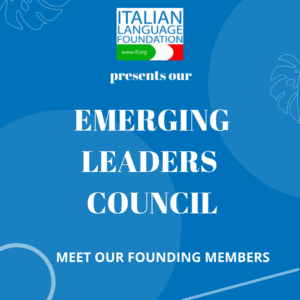Written by: Claudia Mosca, an aspiring author and freelance writer.
Summer culture, how to celebrate ferragosto: story and traditions

In Italy, the celebration of Ferragosto is highly anticipated throughout the year.
On the night of August 15, one of the most magical nights of summer, friends and family join together to celebrate Ferragosto. The holiday has quite ancient origins, and it carries a tradition much longer than expected.
Ferragosto is celebrated to give ourselves a moment of rest and distraction, to forget everyday problems and really enjoy the summer.
But what is its history? How was Ferragosto born?
When ferragosto was born
The name “Ferragosto” is related to the Latin Feriae Augusti (Augustus’ rest), in honor of the Roman emperor Octavian Augustus.
Augustus-who gave the month of August its name-was the first to introduce a summer festival, a period of rest dedicated to the entire empire. He instituted it in 18 B.C., following the tradition of the Consualia, a feast that celebrated the end of agricultural work.
During the period of the Feriae Augusti, all citizens enjoyed a time of rest. Work in the fields ended and farmers could enjoy nature, wishing the land fertility for the coming year.
This particular celebration, which began as a “pagan event,” was later assimilated by the Catholic Church. Around the seventh century, Christians began to celebrate the Assumption of Mary, choosing August 15 as the very date.
In their tradition, Mary had been Assumed (received into heaven as both soul and body) in August.
From then on, the Ferragosto celebrations have never left Italy. The Assumption of Mary has become reason of joy, a delicate moment to be spent in the company of family and friends.
The tradition of Ferragosto is both long and deep, but always celebrated with the typical lightheartedness of Italians.





 Sustainability is a compelling and necessary part of our future.
Sustainability is a compelling and necessary part of our future.